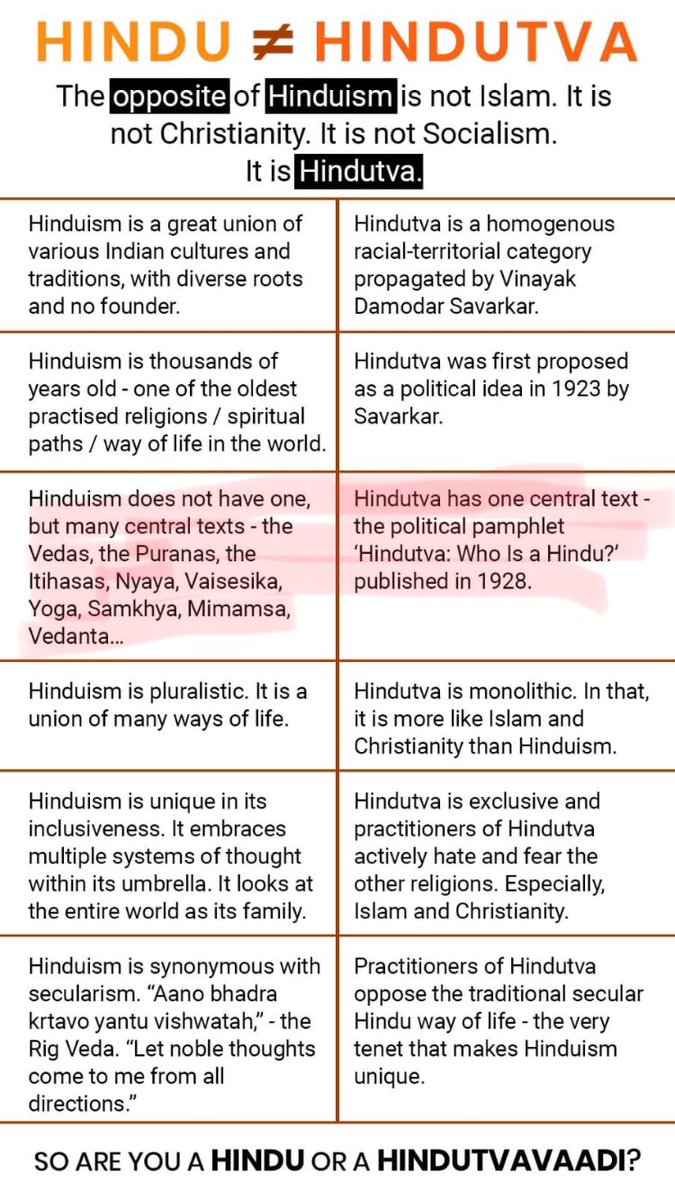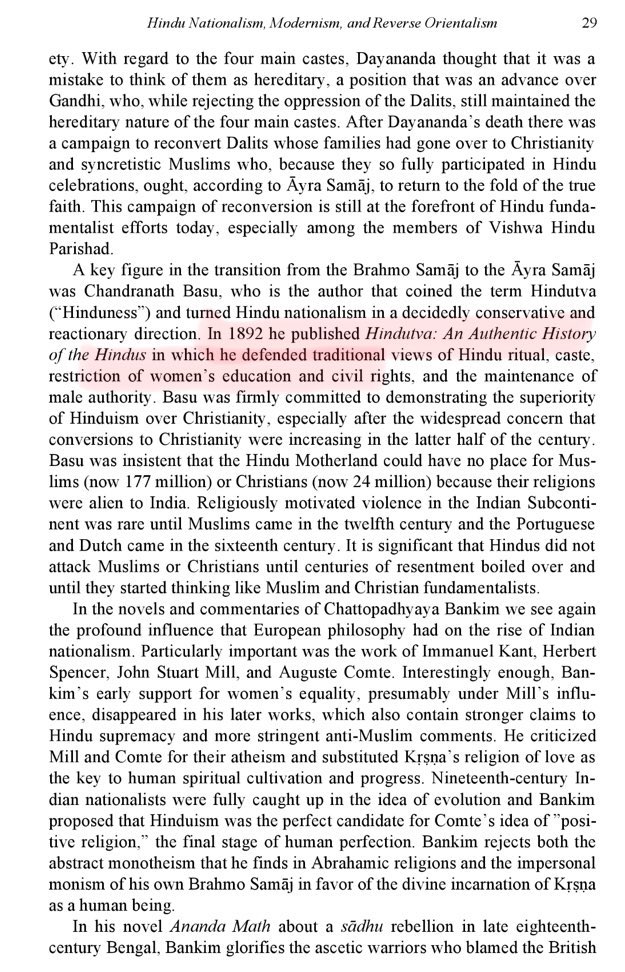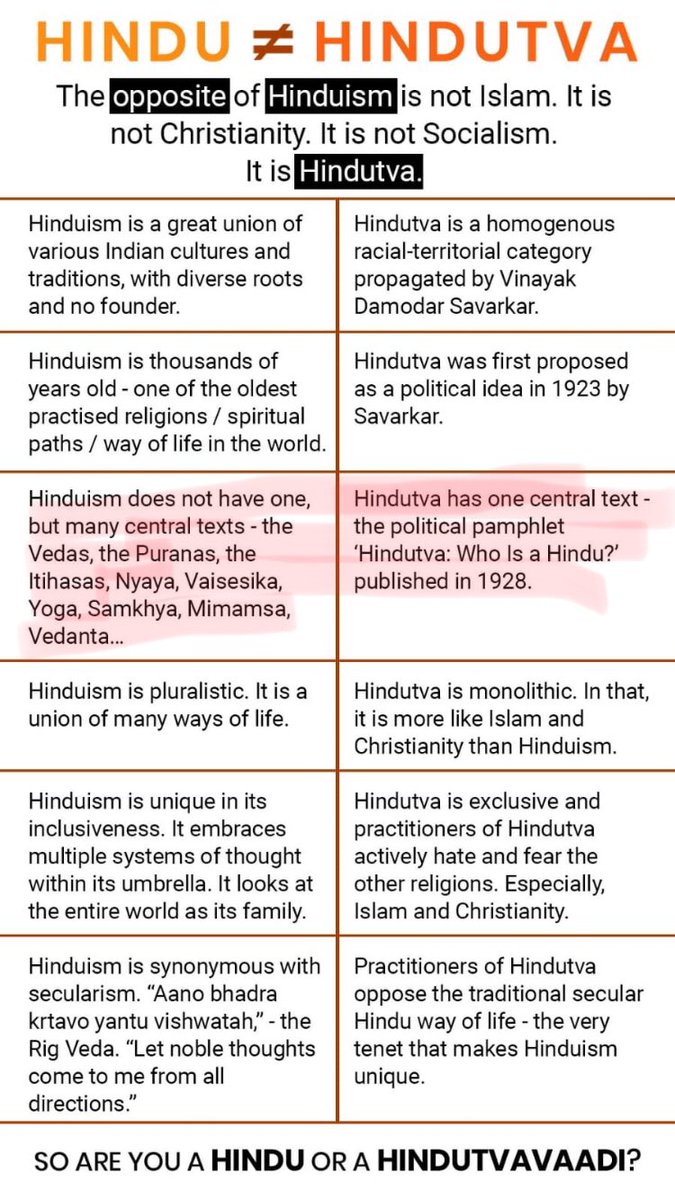1/n #SadarPranam @ShashiTharoor ji. Saw this fake table shared by @anubhavsinha & you.I chose to respond to you than former for I don’t like talking to bullies.
I have discussed myths abt “Hindutva & Hinduism” in my book #ModiAgain :An Ex-Communist’s Manifesto” too. (Pg 96-99) https://twitter.com/ShashiTharoor/status/1214754453028364289">https://twitter.com/ShashiTha...
I have discussed myths abt “Hindutva & Hinduism” in my book #ModiAgain :An Ex-Communist’s Manifesto” too. (Pg 96-99) https://twitter.com/ShashiTharoor/status/1214754453028364289">https://twitter.com/ShashiTha...
2/n I start of with 1st point & trust me what it says is exactly opposite of truth. I’m surprised a language expert like you falls on this trap.
I’ll explain #Hinduism & #Hindutva one by one. But before that let’s understand the root word “Hindu” as starter. Read on https://abs.twimg.com/emoji/v2/... draggable="false" alt="👇🏼" title="Down pointing backhand index (medium light skin tone)" aria-label="Emoji: Down pointing backhand index (medium light skin tone)">
https://abs.twimg.com/emoji/v2/... draggable="false" alt="👇🏼" title="Down pointing backhand index (medium light skin tone)" aria-label="Emoji: Down pointing backhand index (medium light skin tone)">
I’ll explain #Hinduism & #Hindutva one by one. But before that let’s understand the root word “Hindu” as starter. Read on
3/n Hindu is derived from the Sanskrit word Sindhu, which means "a large body of water", covering "river, ocean".It was used as the name of the Indus river and also referred to its tributaries.
4/n The actual term & #39;hindu& #39; first occurs as "a Persian geographical term for the people who lived beyond the river Indus (Sanskrit: Sindhu)",more specifically in the 6th-century BCE inscription of Darius I.
Ref: Introduction to Hinduism by Gavin Flood,P 6.
Ref: Introduction to Hinduism by Gavin Flood,P 6.
5/n The 6th-century BCE inscription of Darius I mentions the province of Hi[n]dush, referring to northwestern India. The people of India were referred to as Hinduvān (Hindus) and hindavī was used as the adjective for Indian in the 8th century text Chachnama.
6/n Ref: On Hindu, Hindustān, Hinduism and Hindutva by Arvind Sharma & Numen
Vol. 49, No. 1 (2002), pp. 2-5
The term & #39;Hindu& #39; in these ancient records is an ethno-geographical term & didn’t refer to a religion. There many such references.
Hence, HINDU~INDIAN (check snippets).
Vol. 49, No. 1 (2002), pp. 2-5
The term & #39;Hindu& #39; in these ancient records is an ethno-geographical term & didn’t refer to a religion. There many such references.
Hence, HINDU~INDIAN (check snippets).
7/n Now let’s know suffix -ism a bit. Why was it used or when it became popular?
The first recorded usage of the suffix ism as a separate word in its own right was in 1680. By the 19th century it was being used by Thomas Carlyle to signify a pre-packaged ideology.
The first recorded usage of the suffix ism as a separate word in its own right was in 1680. By the 19th century it was being used by Thomas Carlyle to signify a pre-packaged ideology.
8/n In the USA of the mid 19th century, the phrase "the isms" was used as a collective derogatory term to lump together the radical social reform movements of the day (such as slavery abolitionism, feminism, alcohol prohibitionism, Fourierism, pacifism, early socialism, etc).
9/n It was also added for various spiritual or religious movements considered non-mainstream by the standards of the time (such as Transcendentalism, spiritualism or "spirit rapping", Mormonism, the Oneida movement often accused of "free love", etc.)
10/n @ShashiTharoor sir u must be aware that all the -isms were about unilateral philosophy or idea. But isn’t Hindu practice all about plurality?
And as I explained you from 7/n-9/n, do you believe that “Hindu” idea is non-mainstream or just a radical social reform?
And as I explained you from 7/n-9/n, do you believe that “Hindu” idea is non-mainstream or just a radical social reform?
11/n Let me make it even simpler. Take example of 3 very common -isms. I have attached respective images as well.
1)Surrealism
2)Expressionism
3)Cubism
Can you notice, that they come with so distinct appearance. it’s because of the unique philosophy embedded.
1)Surrealism
2)Expressionism
3)Cubism
Can you notice, that they come with so distinct appearance. it’s because of the unique philosophy embedded.
12/n And that’s where the problem comes when you add “-ism” to “Hindu”. You can’t limit it to singular idea hence in reality “Hinduism” is an oxymoron. Like we can’t ever say “Architecturism” though “Deconstructivism” is a type of architecture.
13/n Likewise you can have “Shaivism”, “Vaishnavism” but not “Hinduism”. But we accepted this oxymoron with time as it became popular. Brits never understood the pluralistic Hindu idea & ended up adding -ism as they thought it on par of “rigid” Abrahmic ideas.
14/n @ShashiTharoor sir did you ever wonder why “Islam” isn’t “Islamism” or “Christianity” not “Christianism”? But why do we have “Judaism” or “Hinduism”? You know, -ism was always added to practice which seemed inferior or not-mainstream.
15/n If one understands -ism & believes in plurality of “Hindus” then Hinduism can never be “Hindu Dharma” rather Sanātana dharma. Hope you get it @ShashiTharoor sir. Now let me even elaborate a bit on Sanātana dharma.
16/n For that we first need to understand what is Sanātana dharma. It means eternal order. Like “flow of water”. It’s nature of water to flow & every such order is Sanātana.
We mustn’t confuse “dharma” with”religion.”
We mustn’t confuse “dharma” with”religion.”
17/n Religion is institutions while Dharma is the way to strive to be right. Dharma tells to reject institution which shows wrong path.
Dharma signifies behaviours that are considered to be in accord with Ṛta, the order that makes life and universe possible.
Dharma signifies behaviours that are considered to be in accord with Ṛta, the order that makes life and universe possible.
18/n It includes duties, rights,laws, conduct, virtues and “right way of living”. Eg, ‘Rajadharma’
means King’s Duty not Religion.
For Bhartiya understanding, Shaivism, Vaishnavism, Buddhism, Islam, Christianity are various Panth which means denominations.
Most fail to get it.
means King’s Duty not Religion.
For Bhartiya understanding, Shaivism, Vaishnavism, Buddhism, Islam, Christianity are various Panth which means denominations.
Most fail to get it.
19/n @ShashiTharoor sir,let me summarise what I have said so far in response to ur first point (snippet)
1)”Hindu”is anethno-geographic connotation & not religious at all.
2)Hinduism is an oxymoron though we use it for popularity.Often addition of-ism degrades the great “values”.
1)”Hindu”is anethno-geographic connotation & not religious at all.
2)Hinduism is an oxymoron though we use it for popularity.Often addition of-ism degrades the great “values”.
20/n You have been critical of #Hindutva a big time. Let me throw some light on it.
Hindutva is formed by adding -tva suffix (Pratyay) to Hindu. Now, what do you understand by -tva? In plain language adding -tva (ness) to a noun means :in state of being that noun. Eg. Naritva.
Hindutva is formed by adding -tva suffix (Pratyay) to Hindu. Now, what do you understand by -tva? In plain language adding -tva (ness) to a noun means :in state of being that noun. Eg. Naritva.
21/n The attached image will give better clarity of what -tva means.
So @ShashiTharoor sir, can you please explain how the ‘state of being “Hindu(Indian)”be wrong at all.
Who are we to interpret “Hindu”per comfort if Darius-I,the first one to use word had defined it other way.
So @ShashiTharoor sir, can you please explain how the ‘state of being “Hindu(Indian)”be wrong at all.
Who are we to interpret “Hindu”per comfort if Darius-I,the first one to use word had defined it other way.
22/n Is it so that someday in quest to interpret per comfort you will “assign any meaning to any word”? Then what’s the rationale of “conventions” & “dictionary” if words are to be interpreted per choice? That’s not fair sir.
23/n That was the period when Islam was spreading on the power of “sword” & “qital fi sabilillah” was common. The Parsis had to take refuge in Hindu Rashtra “Bharata”. They were persecuted the worst as Islam was set to conquer Persia.
That’s “Hindutva” ie “state of being Hindu”
That’s “Hindutva” ie “state of being Hindu”
24/n References for 23/n
1) http://iranicaonline.org/articles/parsi-communities-i-early-history…
2">https://iranicaonline.org/articles/... &3) Studies in Parsi history
byHodivala, Shahpurshah Hormasji, p 1-11 https://archive.org/details/studiesinparsihi00hodiuoft…
4)">https://archive.org/details/s... Historia Religionum, Volume 2 Religions of the Present
By G. Widengren P212
1) http://iranicaonline.org/articles/parsi-communities-i-early-history…
2">https://iranicaonline.org/articles/... &3) Studies in Parsi history
byHodivala, Shahpurshah Hormasji, p 1-11 https://archive.org/details/studiesinparsihi00hodiuoft…
4)">https://archive.org/details/s... Historia Religionum, Volume 2 Religions of the Present
By G. Widengren P212
25/n @ShashiTharoor sir you might have read this book which I’m quoting.
The persecution was falling like brick bats on the Parsis.
“Zoroastrians: Their Religious Beliefs and Practices
By Mary Boyce P 147-50”
You may read this book in more detail should you wish to understand.
The persecution was falling like brick bats on the Parsis.
“Zoroastrians: Their Religious Beliefs and Practices
By Mary Boyce P 147-50”
You may read this book in more detail should you wish to understand.
26/n Shuprabhat @ShashiTharoor sir. Yesterday I had stopped till point 1. Today I’m going to further call out remaining points of table shared by you. Please read on. I begin with lie no 2., https://twitter.com/aabhas24/status/1214996859959181312?s=21">https://twitter.com/aabhas24/...
27/n @ShashiTharoor sir,none can trace how old is Sanātana dharma. Can someone trace from when water got the trait to flow. So how can one make a claim that Hinduism( Sanātana dharma) is thousands years old?  https://abs.twimg.com/emoji/v2/... draggable="false" alt="🤔" title="Thinking face" aria-label="Emoji: Thinking face">I explained Sanātana dharma in 16/n & 17/n https://twitter.com/aabhas24/status/1214996985029120000?s=21">https://twitter.com/aabhas24/...
https://abs.twimg.com/emoji/v2/... draggable="false" alt="🤔" title="Thinking face" aria-label="Emoji: Thinking face">I explained Sanātana dharma in 16/n & 17/n https://twitter.com/aabhas24/status/1214996985029120000?s=21">https://twitter.com/aabhas24/...
28/n As far term Hinduism is concerned,”-ism” was first time added to “Hindu” around 1830.
(Snippet1)
As per historical record “Hindutva” was coined in 1892 by Chandranath Basu.
(Snippet-2)
(Snippet1)
As per historical record “Hindutva” was coined in 1892 by Chandranath Basu.
(Snippet-2)
29/n Source for snippets above:
1)Introduction to Hinduism by Gavin Flood,P 6.
2) The Origins of Religious Violence: An Asian Perspective
By Nicholas F. Gier
So @ShashiTharoor point 2 also demolished.
1)Introduction to Hinduism by Gavin Flood,P 6.
2) The Origins of Religious Violence: An Asian Perspective
By Nicholas F. Gier
So @ShashiTharoor point 2 also demolished.
30/n @ShashiTharoor here is my rebuttal for third point of the table.
How absurd to say “Hinduism does not have one but many central texts.” Centre is always one, you don’t have multiple centres. https://abs.twimg.com/emoji/v2/... draggable="false" alt="🤦🏻♂️" title="Man facepalming (light skin tone)" aria-label="Emoji: Man facepalming (light skin tone)">
https://abs.twimg.com/emoji/v2/... draggable="false" alt="🤦🏻♂️" title="Man facepalming (light skin tone)" aria-label="Emoji: Man facepalming (light skin tone)">
& you know,how contradictory you are with this comparison?
How absurd to say “Hinduism does not have one but many central texts.” Centre is always one, you don’t have multiple centres.
& you know,how contradictory you are with this comparison?
31/n I’ve already explained that “Hindutva” is nothing but state of being Hindu. So how can one not follow Hinduism (I use it for popularity) if he is “in state of being Hindu?”
It’s like saying water is not in “state of being water” though it’s flowing.
How many oxymorons? https://abs.twimg.com/emoji/v2/... draggable="false" alt="🤔" title="Thinking face" aria-label="Emoji: Thinking face">
https://abs.twimg.com/emoji/v2/... draggable="false" alt="🤔" title="Thinking face" aria-label="Emoji: Thinking face">
It’s like saying water is not in “state of being water” though it’s flowing.
How many oxymorons?
32/n 31 years before Savarkar‘S “Hindutva: Who is Hindu”, “Chandranath Basu” published “Hindutva: An Authentic History of Hindus” in 1892 (snippet-2)
Source: 2) The Origins of Religious Violence: An Asian Perspective
By Nicholas F. Gier
Source: 2) The Origins of Religious Violence: An Asian Perspective
By Nicholas F. Gier
33/n @ShashiTharoor ,how many those who have shared this meme showed courage to stand up for Hindu texts?How many howled PM for gifting “Geeta”? How many stood up against notion that tried to remove “asto ma...” from KV? It was Hindutva which u blame,stood
https://twitter.com/Aabhas24/status/1091184137820622848?s=20">https://twitter.com/Aabhas24/...
https://twitter.com/Aabhas24/status/1091184137820622848?s=20">https://twitter.com/Aabhas24/...
34/n @ShashiTharoor both “Hinduism” & “Hindutva”seems to have been first used in 19th Century (read quoted tweet). Though term Hinduism surely doesn’t hold chance to predate but Hindutva at least has chances being a Sanskrit word.
https://twitter.com/aabhas24/status/1215190433992601600?s=21">https://twitter.com/aabhas24/... https://twitter.com/Aabhas24/status/1215190433992601600">https://twitter.com/Aabhas24/...
https://twitter.com/aabhas24/status/1215190433992601600?s=21">https://twitter.com/aabhas24/... https://twitter.com/Aabhas24/status/1215190433992601600">https://twitter.com/Aabhas24/...
35/n @harikondabolu even Osama Bin Laden worshipped Allah,so by your logic he should be a good Muslim too.
That apart you mustn’t forget “Hindutva is state of being Hindu”. It’s fluidic. In part too we saved our Dharma through it and also gave refuge.
https://twitter.com/harikondabolu/status/1222908745258323968?s=21">https://twitter.com/harikonda... https://twitter.com/harikondabolu/status/1222908745258323968">https://twitter.com/harikonda...
That apart you mustn’t forget “Hindutva is state of being Hindu”. It’s fluidic. In part too we saved our Dharma through it and also gave refuge.
https://twitter.com/harikondabolu/status/1222908745258323968?s=21">https://twitter.com/harikonda... https://twitter.com/harikondabolu/status/1222908745258323968">https://twitter.com/harikonda...
36/n @harikondabolu as replied in quoted tweet I’ve tried to explain you how important “Hindutva ie State of being Hindu is”. It not only protects but in past too has taken up aggression to defend. You should read this thread from 1/n
https://twitter.com/aabhas24/status/1223087721599496193?s=21">https://twitter.com/aabhas24/... https://twitter.com/Aabhas24/status/1223087721599496193">https://twitter.com/Aabhas24/...
https://twitter.com/aabhas24/status/1223087721599496193?s=21">https://twitter.com/aabhas24/... https://twitter.com/Aabhas24/status/1223087721599496193">https://twitter.com/Aabhas24/...
37/n Here @ShashiTharoor is again at it.
This propaganda of abusing Hindutva is very much colonial in nature where one has failed to understand basic of language which forms the two very words “Hindutva” & “Hinduism”.
I wish I could get a chance to debate on this subject. https://twitter.com/ShashiTharoor/status/1339805842988695554">https://twitter.com/ShashiTha...
This propaganda of abusing Hindutva is very much colonial in nature where one has failed to understand basic of language which forms the two very words “Hindutva” & “Hinduism”.
I wish I could get a chance to debate on this subject. https://twitter.com/ShashiTharoor/status/1339805842988695554">https://twitter.com/ShashiTha...

 Read on Twitter
Read on Twitter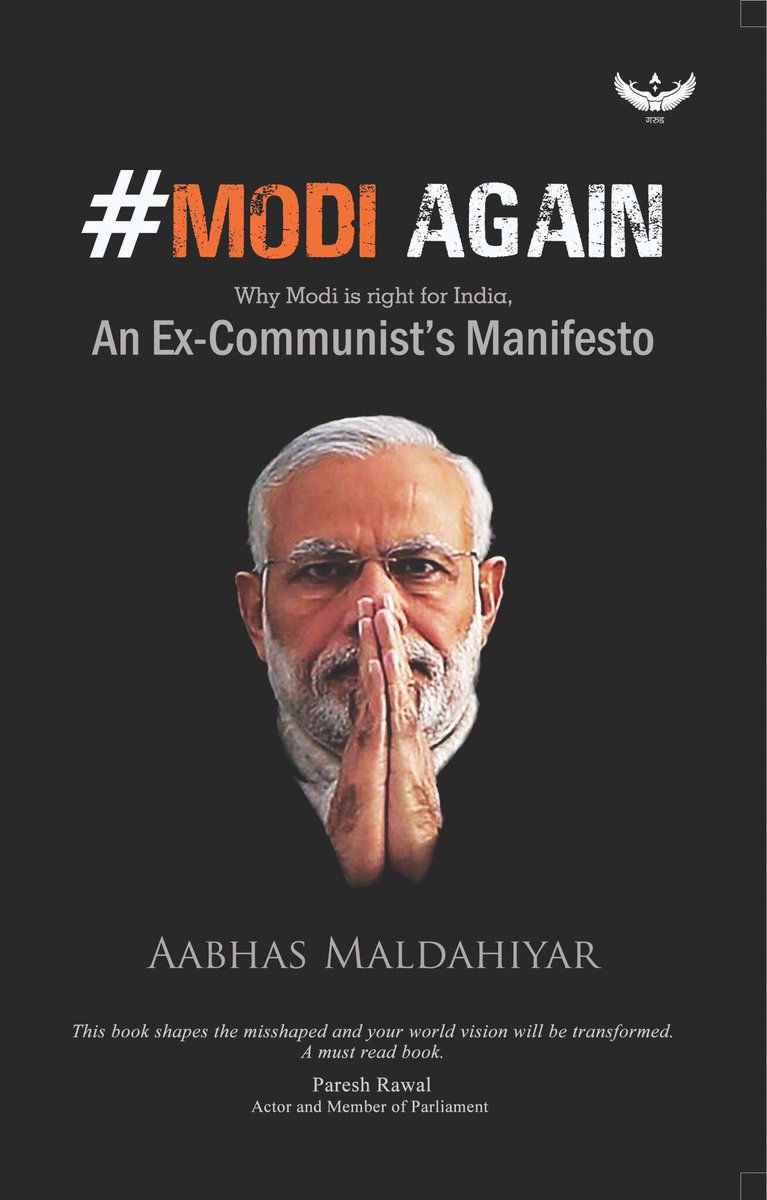
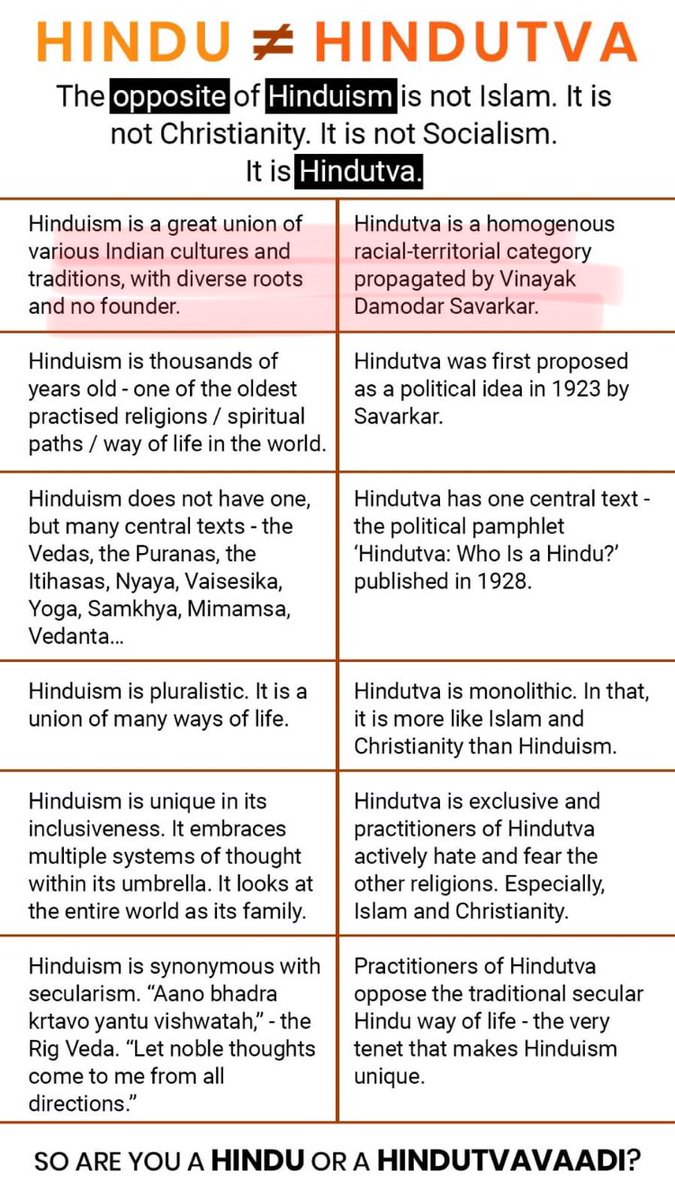 " title="2/n I start of with 1st point & trust me what it says is exactly opposite of truth. I’m surprised a language expert like you falls on this trap. I’ll explain #Hinduism & #Hindutva one by one. But before that let’s understand the root word “Hindu” as starter. Read onhttps://abs.twimg.com/emoji/v2/... draggable="false" alt="👇🏼" title="Down pointing backhand index (medium light skin tone)" aria-label="Emoji: Down pointing backhand index (medium light skin tone)">" class="img-responsive" style="max-width:100%;"/>
" title="2/n I start of with 1st point & trust me what it says is exactly opposite of truth. I’m surprised a language expert like you falls on this trap. I’ll explain #Hinduism & #Hindutva one by one. But before that let’s understand the root word “Hindu” as starter. Read onhttps://abs.twimg.com/emoji/v2/... draggable="false" alt="👇🏼" title="Down pointing backhand index (medium light skin tone)" aria-label="Emoji: Down pointing backhand index (medium light skin tone)">" class="img-responsive" style="max-width:100%;"/>
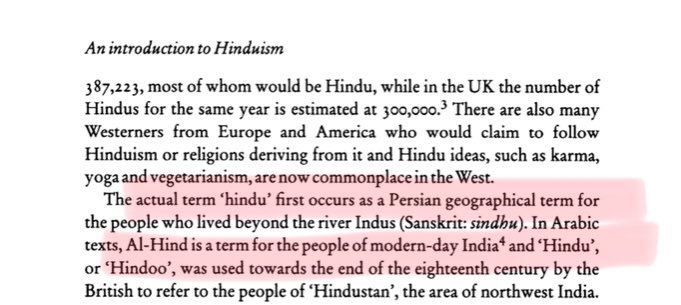
![5/n The 6th-century BCE inscription of Darius I mentions the province of Hi[n]dush, referring to northwestern India. The people of India were referred to as Hinduvān (Hindus) and hindavī was used as the adjective for Indian in the 8th century text Chachnama. 5/n The 6th-century BCE inscription of Darius I mentions the province of Hi[n]dush, referring to northwestern India. The people of India were referred to as Hinduvān (Hindus) and hindavī was used as the adjective for Indian in the 8th century text Chachnama.](https://pbs.twimg.com/media/ENyJPSRUYAERzpL.jpg)
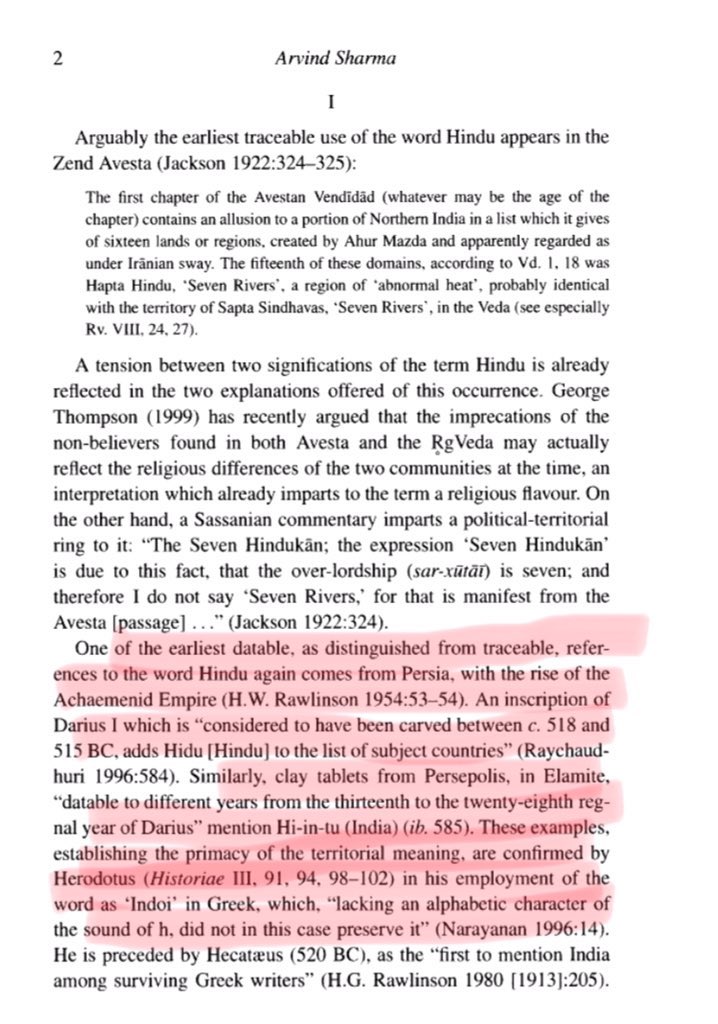
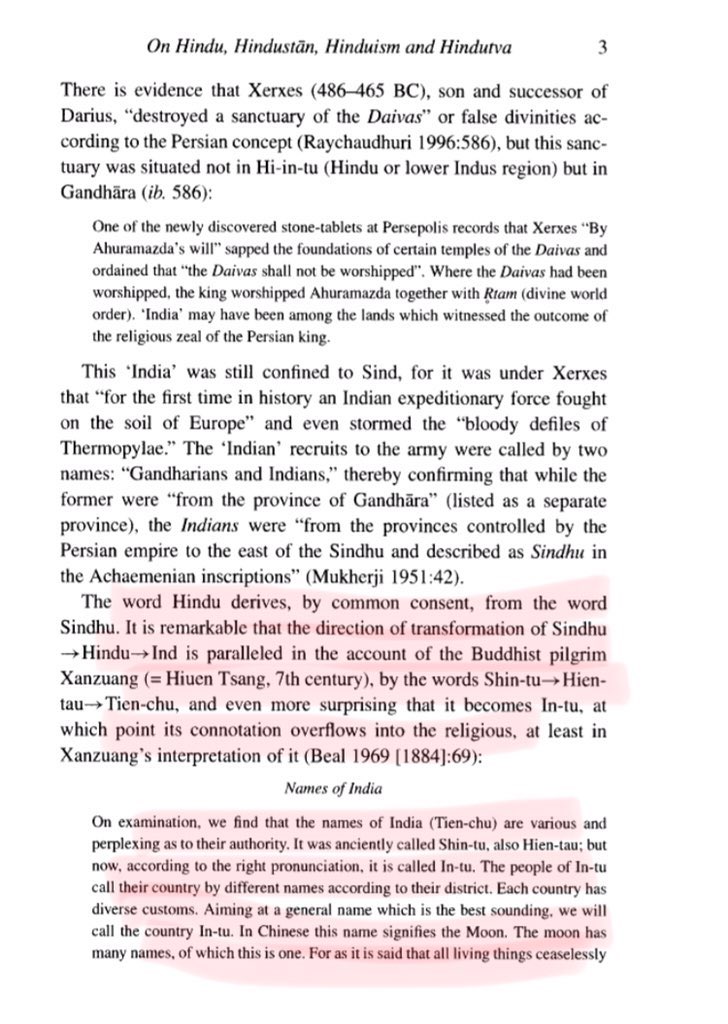

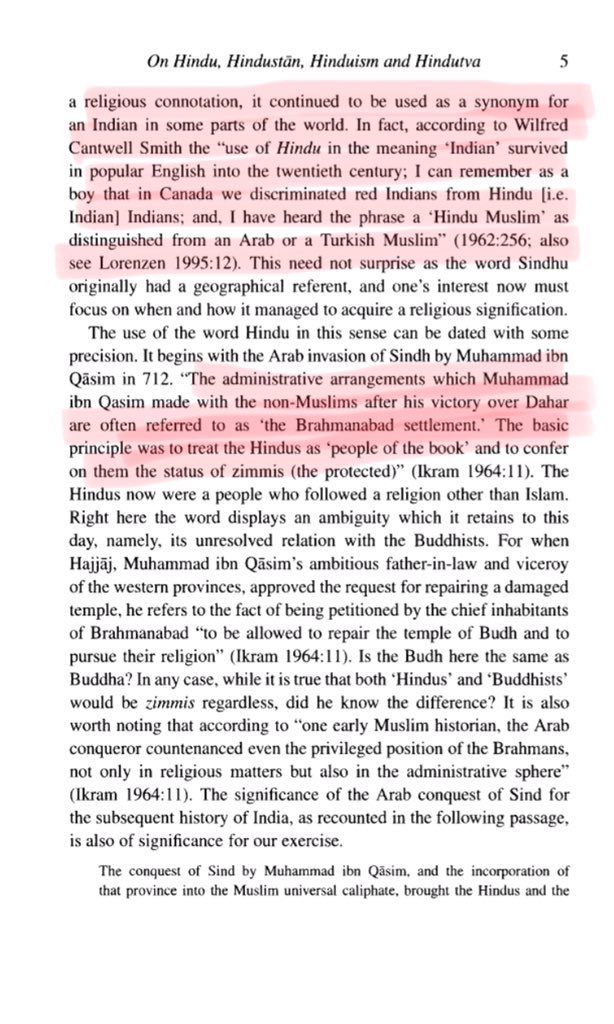



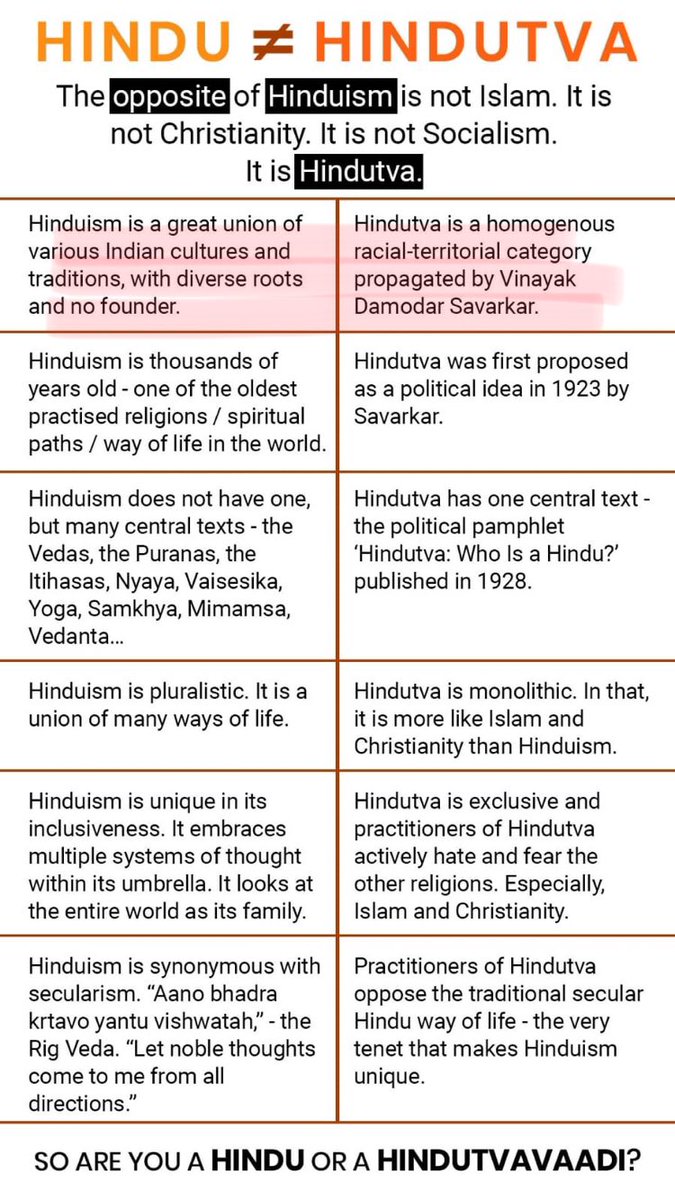
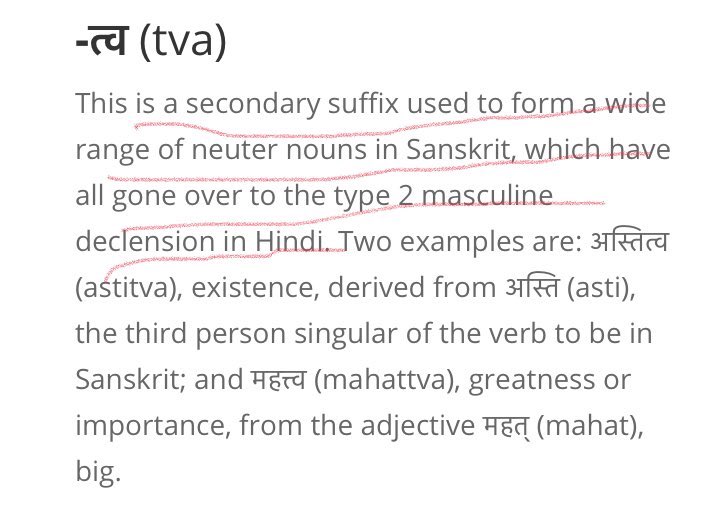

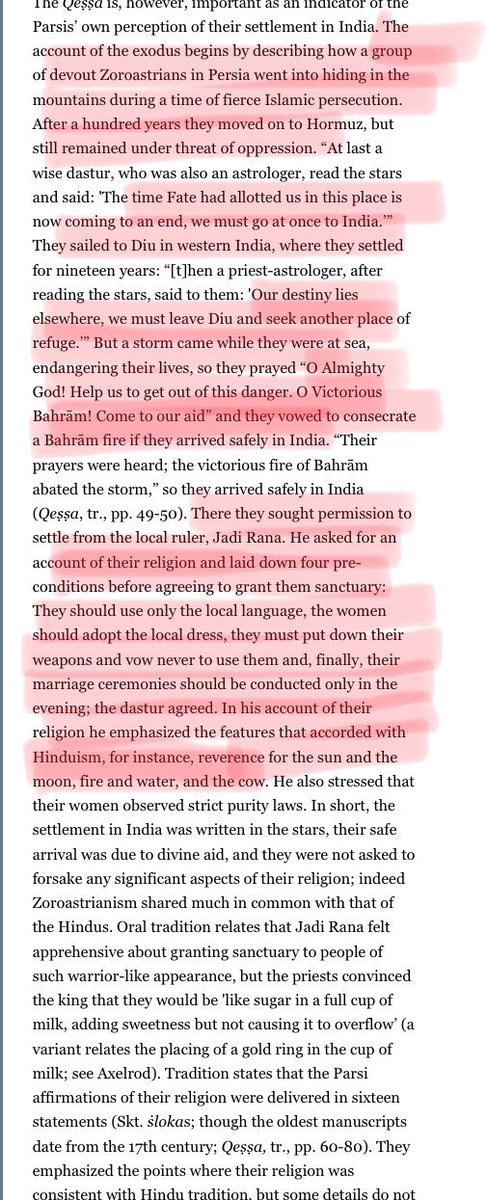

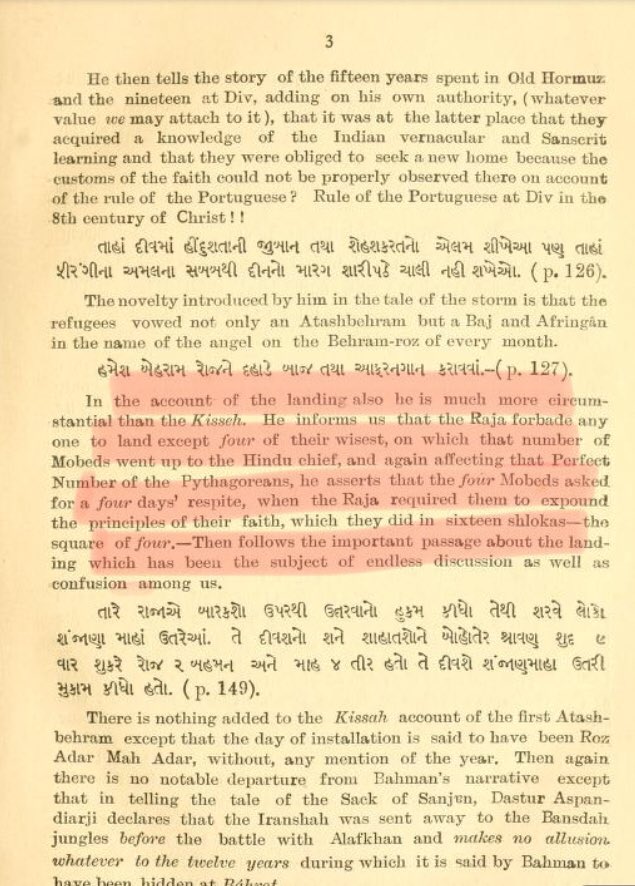
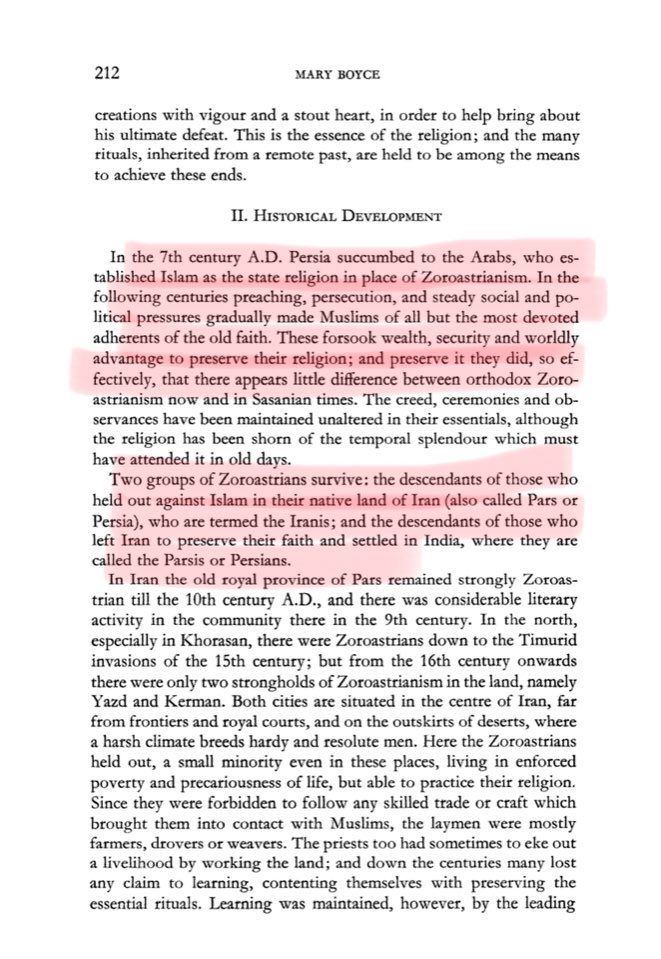

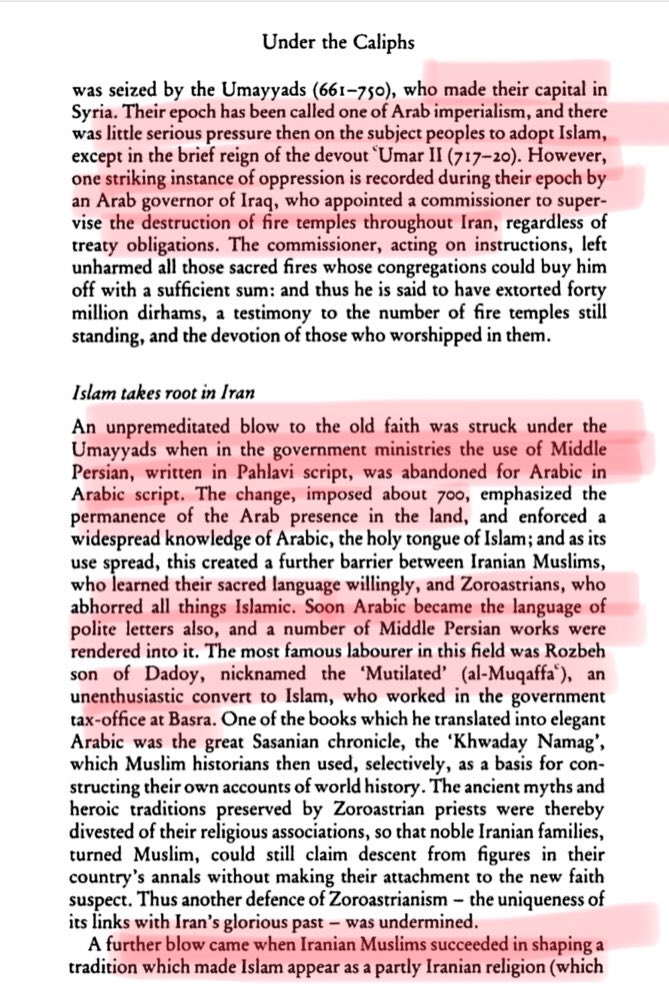
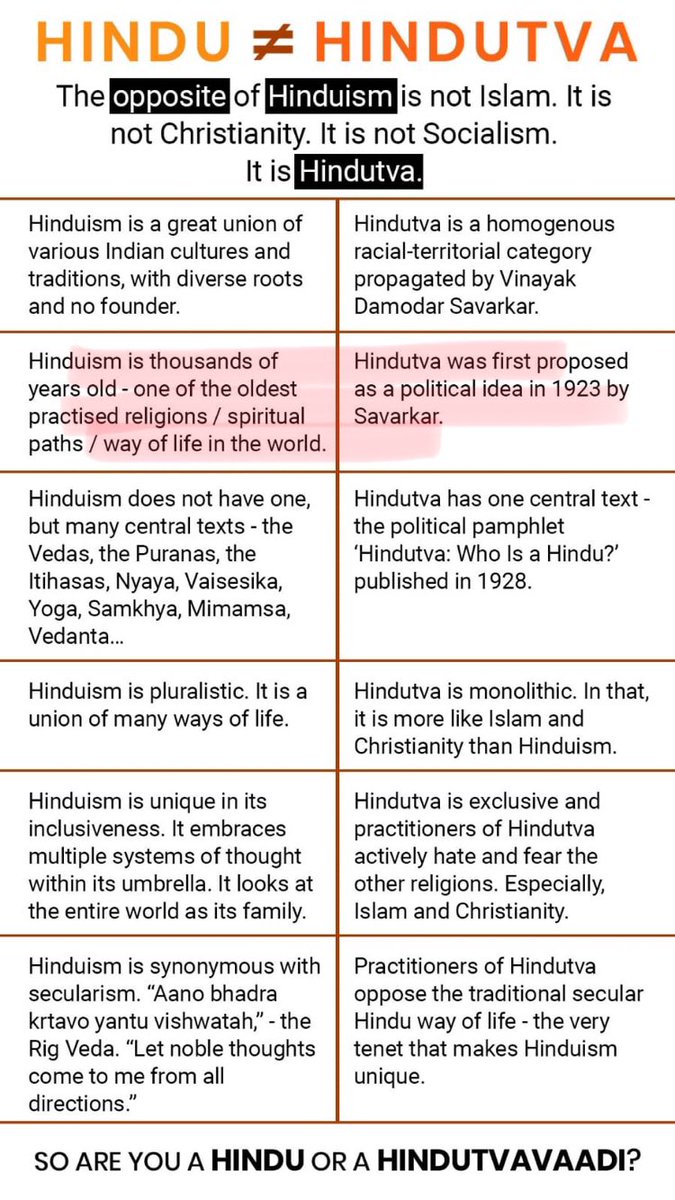

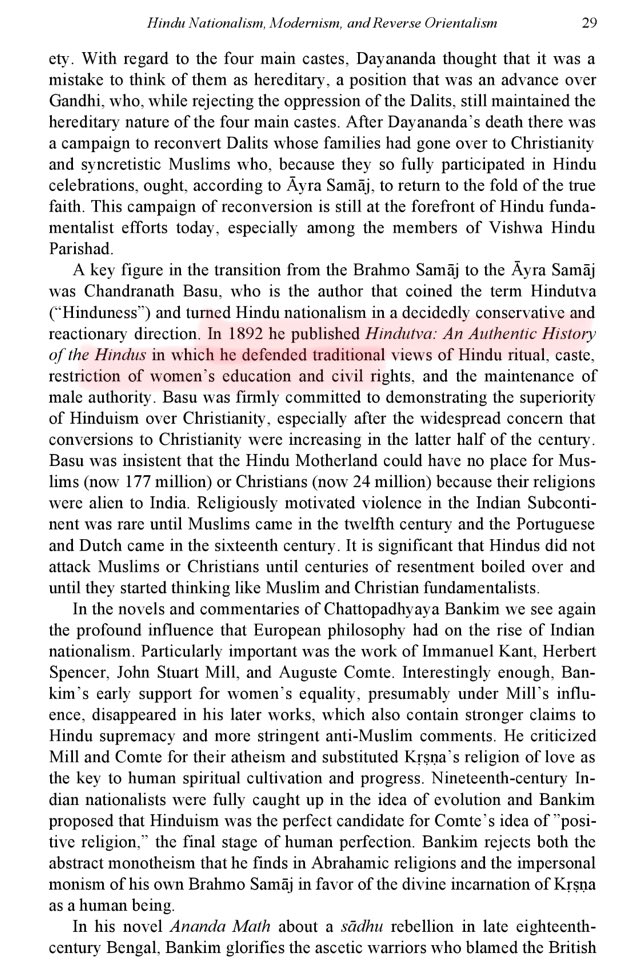
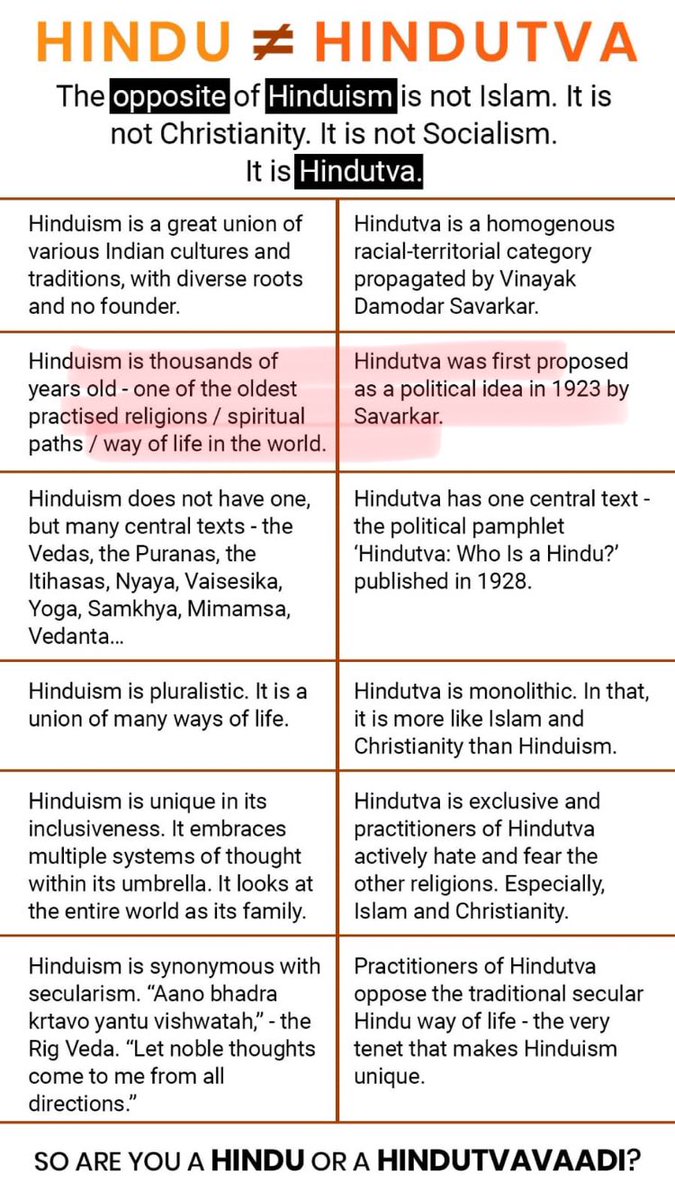
 & you know,how contradictory you are with this comparison?" title="30/n @ShashiTharoor here is my rebuttal for third point of the table. How absurd to say “Hinduism does not have one but many central texts.” Centre is always one, you don’t have multiple centres. https://abs.twimg.com/emoji/v2/... draggable="false" alt="🤦🏻♂️" title="Man facepalming (light skin tone)" aria-label="Emoji: Man facepalming (light skin tone)">& you know,how contradictory you are with this comparison?" class="img-responsive" style="max-width:100%;"/>
& you know,how contradictory you are with this comparison?" title="30/n @ShashiTharoor here is my rebuttal for third point of the table. How absurd to say “Hinduism does not have one but many central texts.” Centre is always one, you don’t have multiple centres. https://abs.twimg.com/emoji/v2/... draggable="false" alt="🤦🏻♂️" title="Man facepalming (light skin tone)" aria-label="Emoji: Man facepalming (light skin tone)">& you know,how contradictory you are with this comparison?" class="img-responsive" style="max-width:100%;"/>
